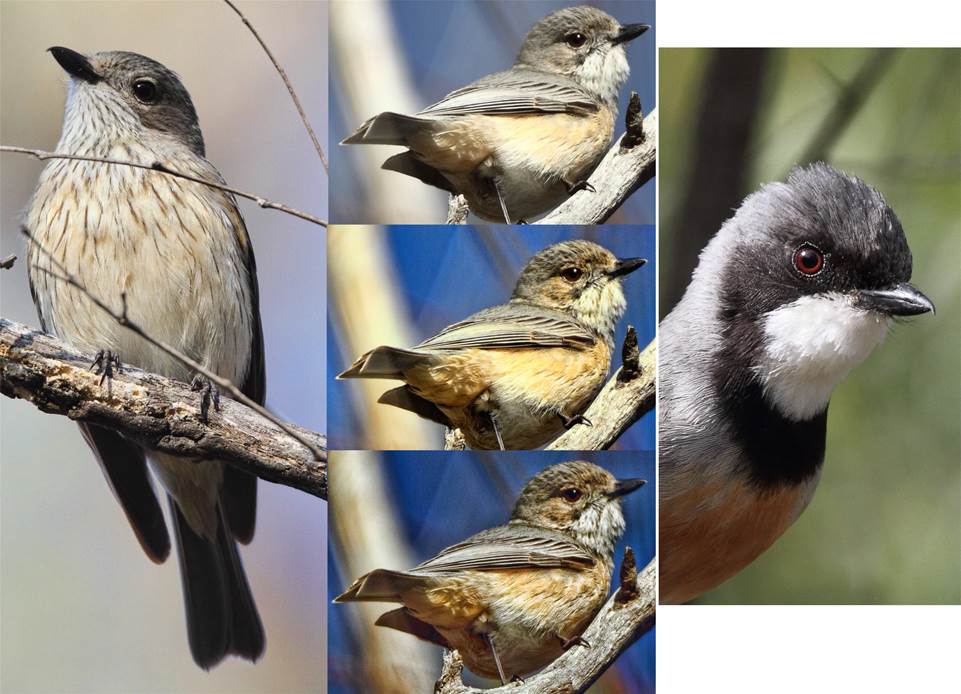Another bander has added the following. Banders are generally experts on plumage, taking the subject well beyond the field-guide stage
From:
Sent: Thursday, 31 October 2013 12:33 PM
To: 'Geoffrey Dabb'
Subject: RE: [canberrabirds] Ageing whislers
Geoffrey
Banders Aid to the rescue. It describes and ages sub-adult males as 2- in spring and 2 in summer, which means subadults you see in 2013 (or into the summer of 2014) were all the result of 2012 breeding. It also describes immatures as 1 or 2-, which suggests that there is some carry-over of female-type plumage into the second year of life. Adult males are aged as 2+ in autumn and 3+ in spring, but in early spring it would seem that some of these birds could still be in their second year of life, and I would not be categorically ageing adult males as 3+ until later in spring, preferring 2+ to be conservative.
So, if “born in 2012” is what you mean as “first year bird” then yep, that’s what Bander’s Aid suggests, but also given reasonably advanced adult plumage characters I wouldn’t be surprised if the bird was in fact born in 2011, and I would be interested to know Mark or Richard or Anthony’s view on this.
Banders Aid notes that immatures and sub-adult males have been observed breeding.
Cheers
Near the horse crossing in Campbell Park is a female Ruf Whistler (left) apparently paired with a sub-adult male (upper middle). The 2 lower middle are ‘enhancements’ showing how such editing can change the appearance of the plumage. What they do bring out is the rufous in the face, quite a contrast from a mature male (right). I wonder if the sub-adult is a first year bird. It is doing a lot of territorial singing.


